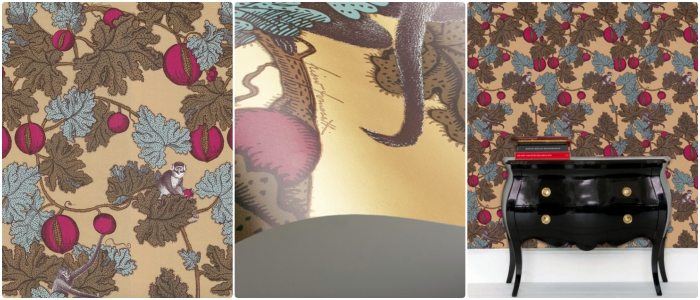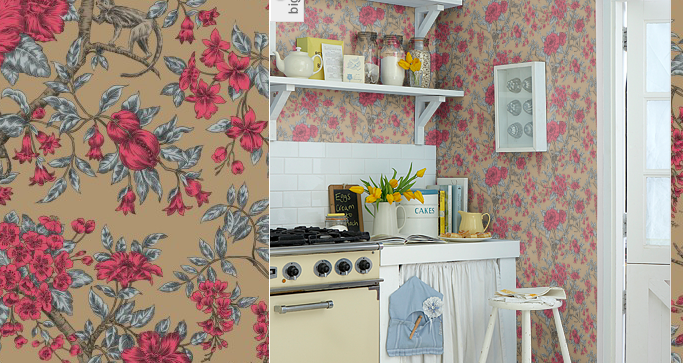A man once famously said “In art and fashion there are no new ideas, only new ways of presenting them”. In interior design, we’ve pretty much run out of even those.
In the last blog post we talked about getting the look you want for less. If the style you are going for is traditional or popular, this is usually fairly easy to achieve, albeit at a considerable cost to the quality and longevity. This can be great for people who change their surroundings often, either by refreshing the design every few years, or moving. Even if you’re just really stretched for cash, you can generally recreate most looks, if you are willing to put in a lot of ours searching the web, and have good visualisation skills. It can be tricky if you have trouble visualising items in situ, as say, a good chandelier company will come to your house and hold the light in place for you to decide if it looks good in the room and is the right proportion. If you order something similar from China, it will just arrive, and there isn’t a refund or return policy if you don’t like it.
There is always a debate about copyright. Some items are definitely cutting it very close to other designs. But then there is the stickier question of origin. You might think someone has copied someone, either when someone becomes famous for an idea when they were’t necessarily the originator (think Andy Warhol with multi layer colour offset screen prints, or Lee Broom’s bowler hat lights) or when in fact they both took the idea from a set source, usually a previous piece of design that is old enough to be out of copyright – you might think Ikea have copied CP Hart’s taps, but chances are they are both taken from a popular 1800s design and just modernised in a similar way.
Take this wallpaper, for example. It’s from the excellent Fornasetti, who do very good quality products, are instantly recognisable and are stocked in some of the most glamorous stores around the globe. They specialise in more quirky designs. Their wall coverings are very durable, even thought they aren’t vinyl, and the quality of the paper means it goes onto the wall very smoothly, guaranteeing you a professional looking finish. A popular wallpaper they stock is Frutto Proibito:

Wallpaper available from Cole and Son
Stocked through Cole and Son, it retails around the £65 per roll mark, which is on the reasonable side for a good quality roll. But if you are doing large areas that will add up very fast. If you wanted a more cost effective option, there is a similar print available from Albany. It also features monkey’s up trees and comes in very similar colour ways, including the gold metallic finish. It retails at substantially less, £28 for a larger roll. The quality isn’t as good, the paper is likely to snag, fade and might show uneven underlying surfaces. But the overall effect would be the same.

A similar wallpaper from Albany
Did they copy Fornasetti? It’s a bit hard to tell without seeing the dates they were produced. It’s also hard to see if they are appealing to the same market, in the way a fake Burberry bag doesn’t harm the sales of a real Burberry bag, as neither customer would ever have bought the other. Both designs stem from old Indian folk paintings, which were so popular they ended up adorning Maharaja palaces in gold leaf, which is no doubt what influenced both companies.

